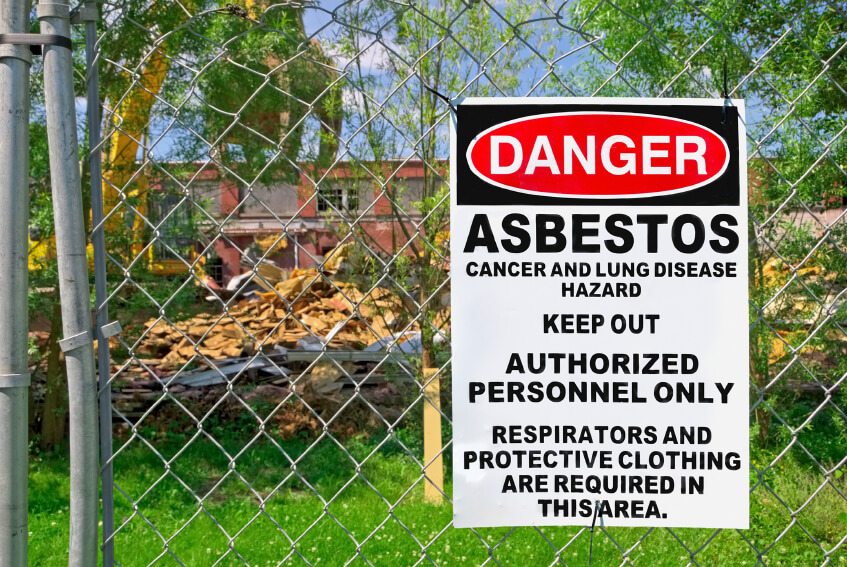
Although asbestos was banned from use in Australia in 2003, many older residential homes and commercial premises still contain the deadly material. Renovations or demolition of older buildings poses a risk of exposure to the fibres, which can cause a type of cancer known as mesothelioma. Figures from the Asbestos Diseases Research Institute show around 600 Australians are diagnosed with mesothelioma every year.
But how do you know if your home or workplace has asbestos? There’s a good chance it does if it was constructed or underwent renovations before 1990, according to information and support group Asbestoswise.
Simply staring at the walls won’t tell you for sure though, you need professional asbestos testing. Here’s a rundown of the basic testing methods, and what goes on during a routine inspection.
Types of testing methods
The presence of asbestos constraining materials (ACMs) can be detected with a management inspection. An asbestos consultant will walk through a potentially contaminated area, and determine if there’s asbestos before deciding on appropriate testing.
There are two types of asbestos tests. Presumptive, which takes place on a site that is suspected to contain ACMs, and sampling, which occurs when ACMs have been found and samples are sent to a lab for testing.
When to test for it
You might simply want to be aware of where asbestos is located in your building. Inspections are also necessary prior to the demolition or refurbishment of a structure. A Type 3 asbestos audit is required, in case asbestos is released when walls are smashed or structures collapsed. Abrasion is highly likely to release asbestos clouds.
Following the removal of asbestos, a clearance inspection is required to complete the process. This simply confirms that all the asbestos in the area has been removed and the air monitoring results are below 0.01 f/ml (fibres per millimetre).
Testing equipment
Suspected ACMs are first examined with a stereomicroscope. This tool determines the structure of the fibre and whether it contains asbestos. Asbestos containing fibres have a crystal lattice structure which exhibits a pattern of refraction when viewed under the microscope.
Airborne asbestos can also be detected on site using a filter. This filter determines the number of fibres in the air, without confirming which ones contain asbestos. Following this, the filters are taken to a lab and put under a phase contrast microscope (PCM).
Testers can then confirm if there are airborne asbestos fibres on the site. Once an asbestiform fibre is detected, testers need to determine what kind of asbestos is sitting under the microscope.
The results
One of the most common forms of asbestos is chrysotile or white asbestos. Other types include amosite and crocidolite. Although all types of asbestos are carcinogenic, crocidolite or blue asbestos is thought to be one of the most dangerous, due to its extremely thin fibres.
A professional asbestos inspection and testing can identify how much asbestos is in your building, its whereabouts, and the type. Having an inspection carried out before renovations to the family home or a commercial building could potentially save lives.

